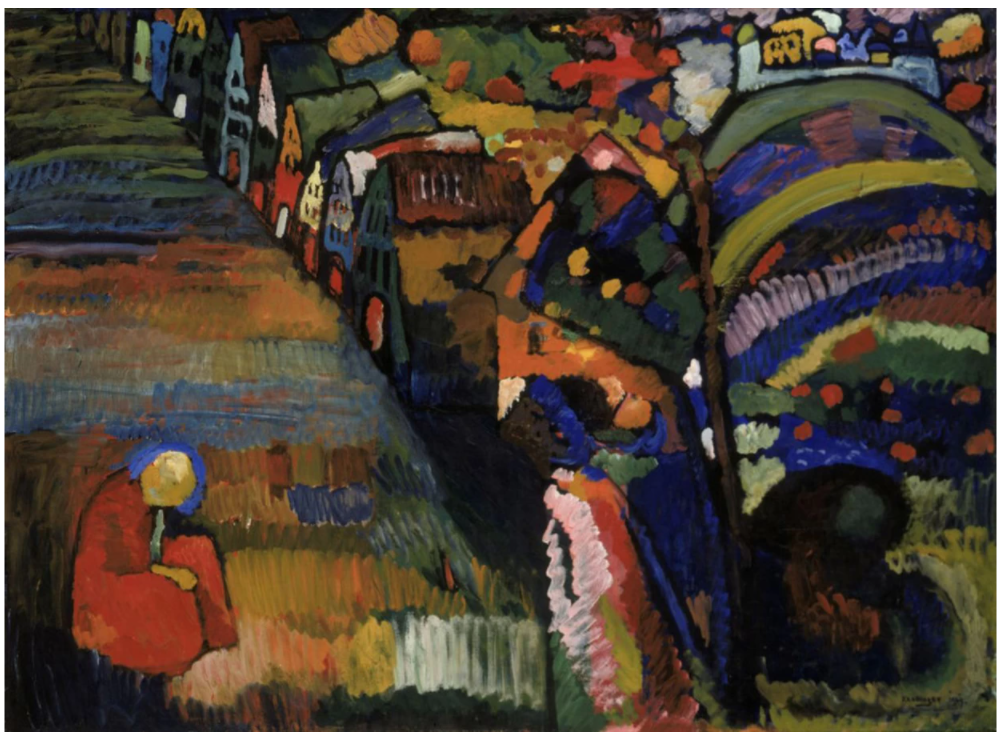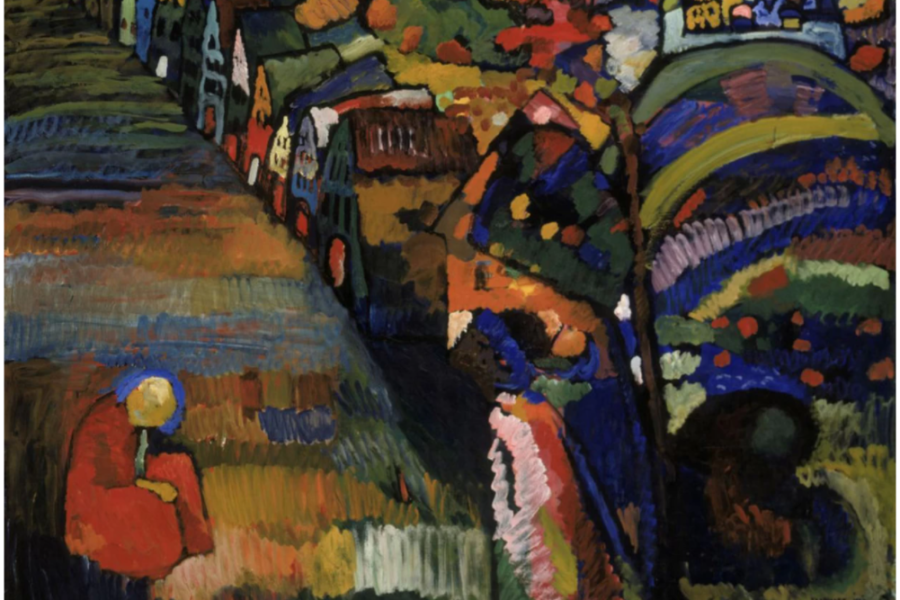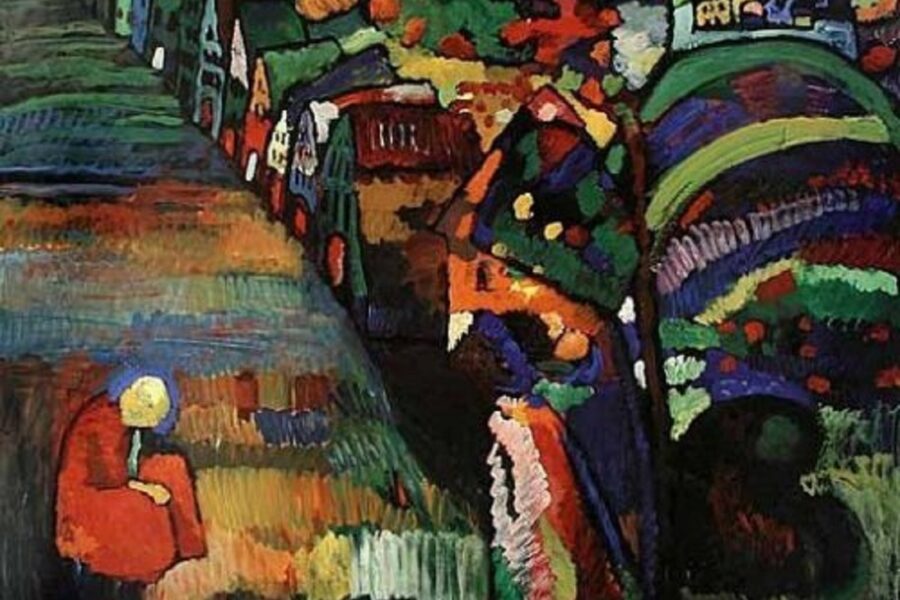[THIS IS AN ENGLISH TRANSLATION OF THE ORIGINAL DUTCH ARTICLE “Teruggave roofkunst uit nazitijd gaat voortaan ruimhartiger” PUBLISHED ON THE DEVOLKSKRANT ON MARCH 2, 2021. ((https://www.volkskrant.nl/cultuur-media/teruggave-roofkunst-uit-nazitijd-gaat-voortaan-ruimhartiger~ b32748b6/?utm_source=link&utm_medium=app&utm_campaign=shared%20content&utm_content= free&referrer=https%3A%2F%2Fwww.lootedart.com%2FUQKUYO594871)
The Dutch government will return looted art from the Nazi era more generously to Jewish heirs. The importance of a work of art for a museum collection should no longer play a role. It also no longer matters whether the work was acquired in good faith in the years 1933-45.
Minister of Culture (D66) Ingrid van Engelshoven announced this on Friday in response to the evaluation report of the Kohnstamm Committee published in December. After examining twenty years of restitution policy for looted art, the committee recommended simplifying the ‘assessment framework’ for claims from heirs.
Alex Burghoorn March 12, 2021 15:52

‘Bild mit Häusern’ (1909) van Wassily Kandinsky is in bezit van de gemeente Amsterdam, maar wordt opgeëist door erfgenamen van de Joodse eigenaars die het in 1940 verkochten. Beeld Stedelijk Museum
‘A careful and fair handling of requests for restitution is essential,’ says Van Engelshoven. ‘Restitution is more than just the return of a cultural object. It is the recognition of the injustice done to the original owners and a contribution to remedying this injustice. ‘
The decision could have major consequences for the long-drawn-out demand for the restitution of Wassily Kandinsky ‘s painting Bild mit Häusern (1909), which is owned by the municipality of Amsterdam and hangs in the Stedelijk Museum. In 2018, after a six-year procedure, the Restitutions Committee ruled that the painting does not need to be returned. The importance of the work for the museum collection played an important role in this. The judge confirmed that judgment again in 2020 , a decision against which the heirs appealed on Friday.
Uncomfortable
Van Engelshoven’s new guidelines make it possible to re-submit old cases if owner and plaintiff both want that. The city council of Amsterdam announced in February that it would like to do so, because the case is an issue. ‘In recent years, too little has been about the victims and too much about the system in which the restitution of looted art is arranged’, Alderman Touria Meliani (GroenLinks) said in de Volkskrant at the time . “It makes me uncomfortable.”
Anyone who believes they are the rightful owner of a work of art stolen or sold involuntarily during the Nazi period has been able to contact the independent Restitutions Committee since 2001. Although the Netherlands has long been at the forefront of restitution policy internationally, the committee is said to have proceeded in an increasingly formalistic manner, and was criticized by surviving relatives, lawyers and Jewish interest groups. The committee led by former D66 politician Jacob Kohnstamm agreed with them in the report Striving for justice : the policy had to be more empathetic in a broad sense.
Van Engelshoven agrees in a letter sent to Parliament on Friday. From now on, two questions are central to the assessment of a claim. ‘Is it highly probable that the person requesting restitution is the (heir of) the original owner of the cultural object?’ And: ‘Is it sufficiently plausible that the original owner involuntarily lost possession of that cultural object due to circumstances directly related to the Nazi regime?’
In good faith
The question as to whether the plaintiffs also tried to get the work back immediately after the Second World War therefore disappears, based on the idea that survivors of the Holocaust had something else on their mind in 1945. The State will never appeal to it again. Not that a work has been bought in good faith, says Van Engelshoven. She has received the impression from provinces and municipalities that they are following that example.
The importance that a work of art has for the owner and the collection to which it belongs no longer counts. For the collection of the Stedelijk Museum, the painting by Kandinsky was important, for example, because ‘Bild mit Häusern’ is an important transitional work to the abstract art of which Kandinsky is one of the founders. Amsterdam bought the work at an auction in October 1940, five months after the start of the German occupation.
It was a sale forced by the circumstances, say the three heirs who claim the canvas. They are elderly, one of them died in February. Their lawyers hope to persuade Amsterdam to arrange the restitution by mutual agreement, without having to complete a new procedure with the Restitutions Committee. For the time being, Amsterdam is committed to the official route, which Van Engelshoven generally wants to lead to ‘the applicants obtaining clarity as soon as possible about how their application will be assessed’.



